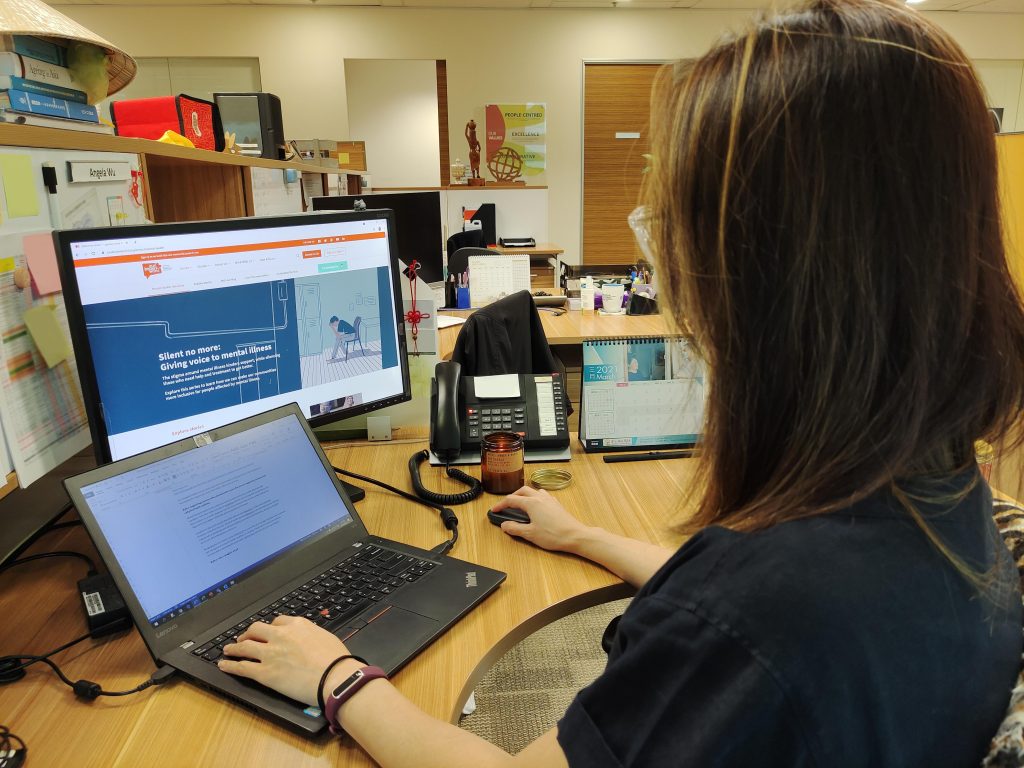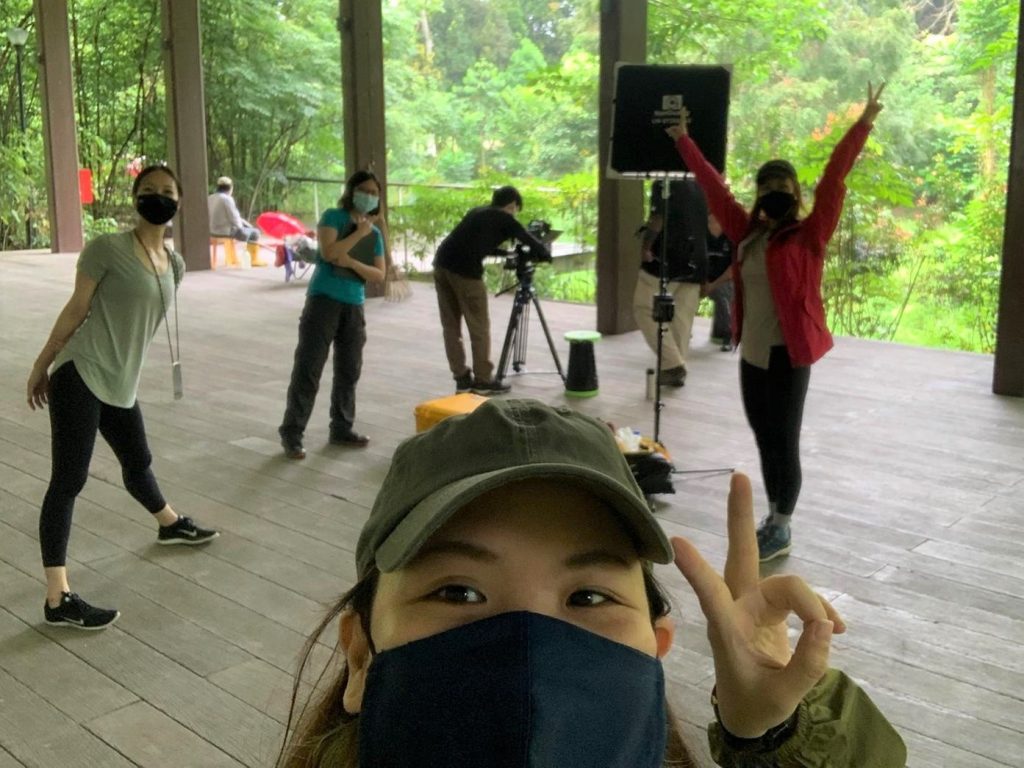A Stint with Storytelling
Some nine years ago, Our Better World (OBW) was birthed out of a vision within the Singapore International Foundation (SIF) to harness the power of digital storytelling for good. Fast forward to 2020, I had the good fortune of going on a work attachment with my OBW colleagues when the SIF embarked on a new initiative to provide staff with the opportunity to work in a different functional area on a short-term basis.
Already an OBW fan and a lover of visual formats, I have admittedly on numerous occasions expressed my desire to work for them. Don’t get me wrong – I thoroughly enjoy the work I do as part of the SIF’s Volunteer Cooperation team, designing and implementing healthcare and education projects in Asia. But now, I could have my cake and eat it! So I opted for a part-time arrangement, where I would spend roughly half my week with each department. The main objective was to gain domain knowledge and build new skills in digital communications.

And for five months, I did just that. Having a communications background helped me find my groove quite easily with the content and community teams, with whom I spent most of my attachment. I was happy to be writing and researching again, and being roped into story discussions and promotion meetings have added words such as “beat sheet” and “lookalike audiences” to my vocabulary. I also had the chance to shadow producers and community managers, as well as participate in their interactions with storytellers, story subjects, and audiences. One of the most precious experiences for me was being on set for a local wildlife shoot and learning about the technicalities of production work.
Whoever coined the term “work attachment” sure chose a befitting moniker, because I definitely got attached – to the stories that were put out, to the communities surrounding these stories, and of course, to the OBW family! As a generally task-oriented person in work settings, I was struck by the relational approach taken by OBW towards others and their own. Stories don’t end once they’re produced and promoted; the conversations and friendships built around each one continue long after its publication. The makeup of each story team may change but the teamwork is almost seamless, characterised by talent as well as grace. While I can’t articulate exactly what the secret sauce is, what came through in common was a deep empathy and clarity of purpose that has translated into both compelling storytelling and a genuine sense of solidarity.

Reflecting on what made my experience with OBW a meaningful one, I found these practices and attitudes valuable.
For employees interested in work attachment opportunities:
- Consider how you will add value to the team you’re attached to. It was important to me that both sides benefited from the work attachment. The OBW team had to commit considerable resources to host me and it was only natural that I contribute back in a meaningful way.
- Banish self-doubt. Frankly, I lost count of the number of times I retyped a comment on a rough cut or rephrased an edit in my head. In reality, everyone was happy to answer my questions, actively sought my opinion, and empowered me to deliver on my assignments.
- Fully immerse yourself. I was given an all-access pass to the storytelling journey from pre-production to post-production. Where I didn’t possess the requisite skills, I shadowed, observed, and learnt; where I could, I wrote, researched, and worked on community engagement.
If a work attachment scheme sounds like a good idea for your organisation:
- Establish clear guidelines and expectations. Even though this was a pilot scheme, our Human Resource department had formulated a set of guidelines and accompanying documentation for the work attachment. This helped to clarify expectations for everyone involved.
- Ensure supportive and involved leadership from both home and host departments. I was onboarded and welcomed into the OBW team like any other full-time staff, and I especially appreciated the regular check-ins with my supervisors.
- Use the opportunity to identify potential synergies internally. The work attachment allowed both departments to identify future areas for collaboration. With the operational insight I had gained into OBW’s work, I was able to more realistically assess possibilities.
Looking back, the stars were aligned. With healthcare and education projects put on hold as frontline workers focused on pandemic management both locally and in the communities that the SIF works in, it was an opportune time to go on a work attachment. What I didn’t realise was that it would be the bright spot in an otherwise strange year, reminding me of my true north and helping me stay the course in an endeavour to make a difference.





